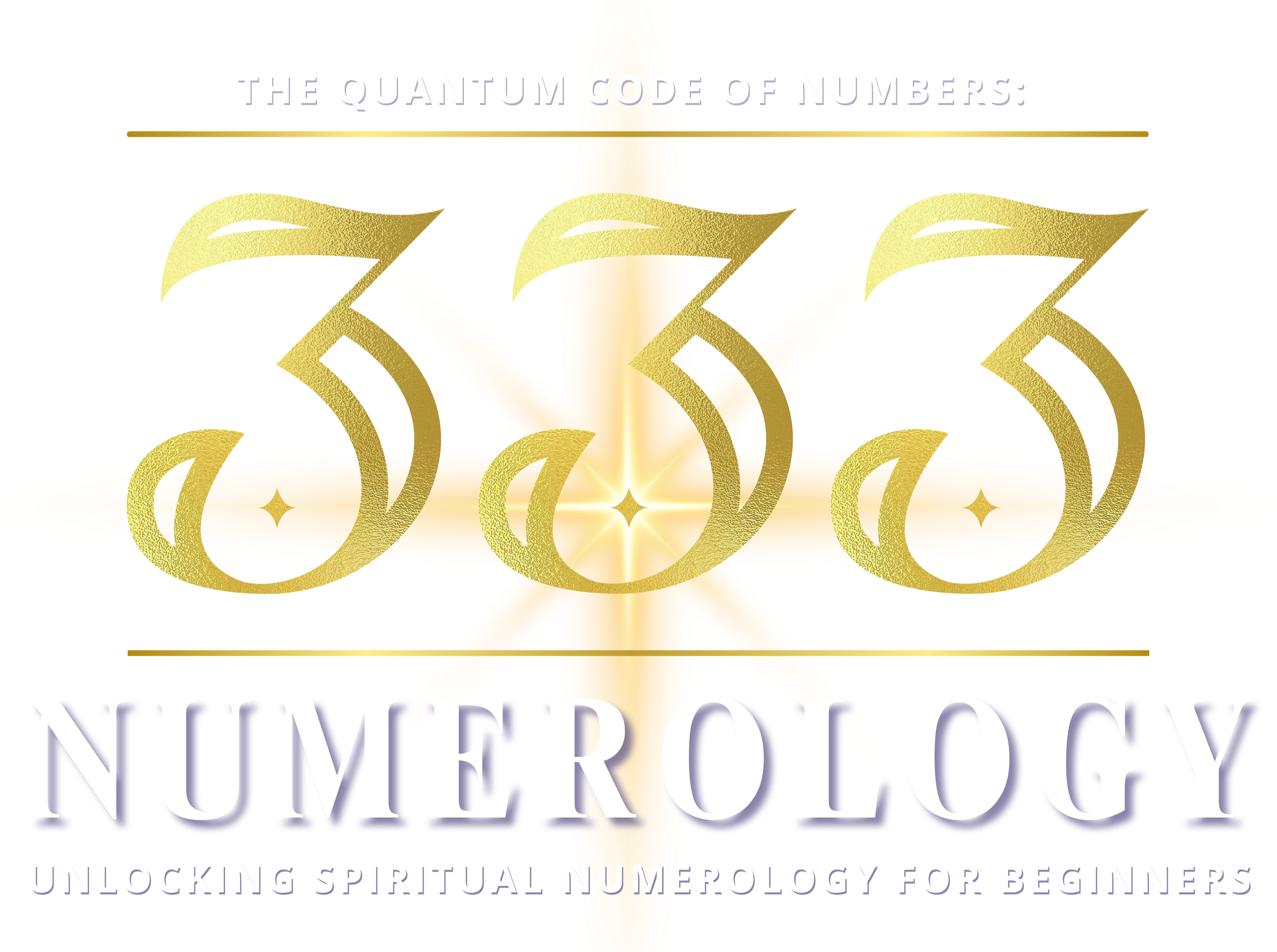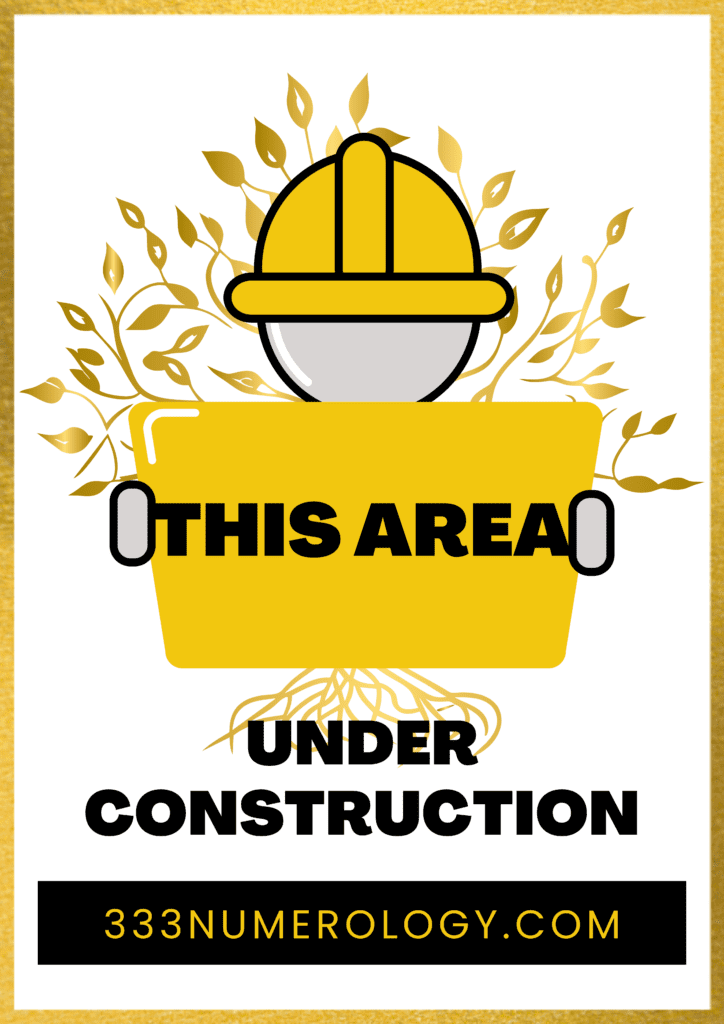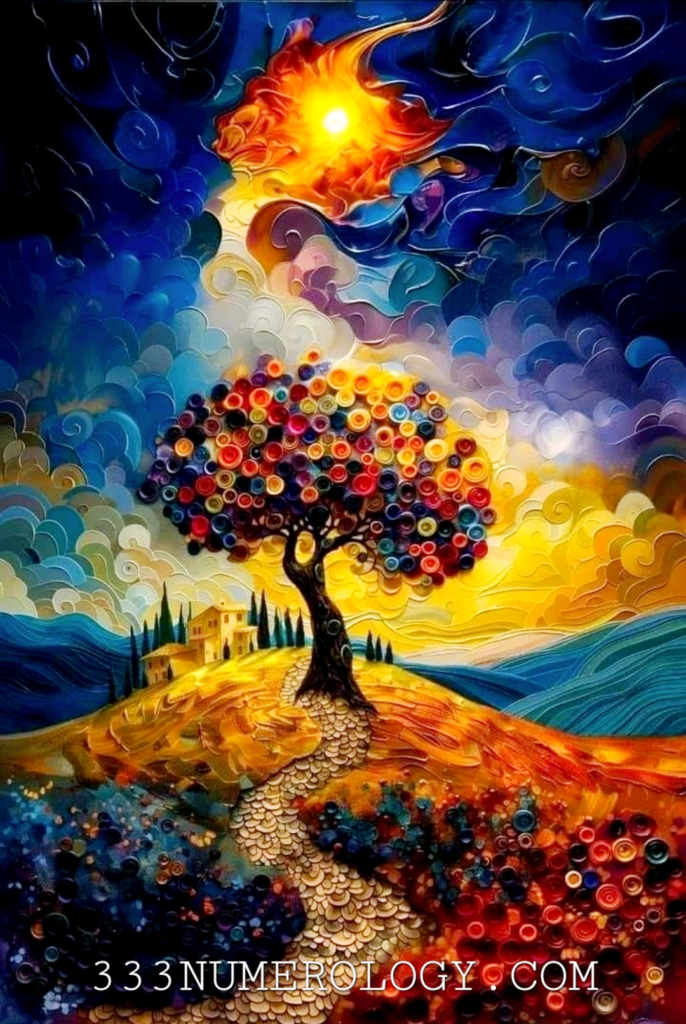Indigenous and Native peoples around the world have long understood and interpreted the universe through numbers and patterns, often integrating numerology-like systems into their spiritual and cultural practices. While many Indigenous traditions may not use numerology in the formal sense that we see in systems like Gematria or Chinese numerology, they often assign symbolic significance to certain numbers, seeing them as representations of cosmic order, spiritual principles, or natural cycles. These numbers play an important role in ceremonies, myths, and cosmologies. Here’s a list of some Indigenous and Native cultures that have incorporated numerological symbolism into their traditions:
1. The Mayans (Central America)
- The Mayan civilization had one of the most sophisticated numerical systems in the ancient world. Numbers were central to their calendar, astrology, and cosmology.
- Key Numbers:
- 13: The number of levels in the Mayan heavens, associated with the gods and spiritual realms.
- 20: A foundational number in the Mayan vigesimal (base-20) counting system, connected to the human body (10 fingers, 10 toes).
- 260: The number of days in the Tzolk’in (sacred calendar), which governed religious and ceremonial life.
- 52: A sacred number in the Mayan Calendar Round, representing a cycle when the solar and ritual calendars would realign.
- Numerology Connection: Mayans believed that time, the gods, and human fate were intertwined with numbers and cycles. Numerology-like interpretations were used in astrology, calendar systems, and determining the auspiciousness of events.
2. The Aztecs (Central America)
- Like the Mayans, the Aztecs had a highly developed numerical system that influenced their calendar and religious rituals. Numbers were deeply connected to their tonalpohualli, a 260-day ritual calendar.
- Key Numbers:
- 4: Associated with the four cardinal directions and the four elements of the universe.
- 13: A sacred number representing the levels of the heavens.
- 20: The base number in their counting system and tied to the division of time and sacred cycles.
- 52: Like the Mayans, 52 represented a complete cycle when the solar and ritual calendars coincided, and important rituals, such as the New Fire Ceremony, were conducted to renew the world.
- Numerology Connection: Aztecs used numerology-like principles in interpreting cosmic cycles, determining the fates of individuals, and timing religious events.
3. The Hopi (Southwestern United States)
- The Hopi people have a rich spiritual tradition based on cosmic cycles and the natural world, with numbers playing an essential role in their ceremonies and understanding of time.
- Key Numbers:
- 4: The most important number, representing the four cardinal directions (north, south, east, west), the four seasons, and the four stages of life (infancy, youth, adulthood, and old age). It is also connected to the Four Worlds in Hopi cosmology.
- 7: Represents completeness and spiritual wholeness, particularly in connection to the Seven Sisters (the Pleiades) and the seven ceremonial directions (including up, down, and center).
- 12: Some ceremonies, such as planting and harvest rituals, are divided into 12 segments, which are seen as corresponding to natural and spiritual cycles.
- Numerology Connection: The Hopi’s cosmological and spiritual practices incorporate symbolic numbers that help them align their lives with cosmic and earthly cycles.
4. The Lakota (Great Plains, North America)
- The Lakota people (Sioux) have a rich spiritual tradition where numbers are integral to their worldview, ceremonies, and sacred geometry.
- Key Numbers:
- 4: Central to Lakota spirituality, symbolizing the four winds or directions, the four seasons, and the four aspects of human life (physical, mental, emotional, and spiritual).
- 7: Represents spiritual completion and the sacredness of the Seven Rites of the Lakota people, as well as the seven sacred directions (north, south, east, west, above, below, and within).
- Numerology Connection: Lakota ceremonies, such as the sweat lodge and the Sun Dance, often incorporate the number 4, emphasizing the connection between humanity, nature, and the cosmos.
5. The Anishinaabe (Great Lakes Region, North America)
- The Anishinaabe people, which include the Ojibwe, Chippewa, and Algonquin nations, have numerological symbolism deeply embedded in their spirituality, particularly in relation to medicine wheels and ceremonial cycles.
- Key Numbers:
- 4: A sacred number representing the four directions, four seasons, and four aspects of human existence. The medicine wheel is divided into four quadrants representing different spiritual and physical components of life.
- 7: Represents spiritual insight and the seven stages of life in the Anishinaabe belief system, as well as the Seven Grandfathers teachings, which offer wisdom and guidance.
- Numerology Connection: The number 4, in particular, is symbolic of the harmony between humans and the natural world, and is used to guide spiritual and practical decisions.
6. The Inca (Andes, South America)
- The Inca civilization used numbers for organizing their social structure, calendar systems, and religious practices. The quipu, a system of knotted strings, was used for both numerical record-keeping and possibly mystical purposes.
- Key Numbers:
- 3: Represented the tripartite division of the world—Hanan Pacha (the upper world), Kay Pacha (the world of the living), and Ukhu Pacha (the underworld).
- 4: Related to the four suyus, or quarters, of the Inca empire and the four parts of the universe.
- 12: Connected to the solar calendar and religious festivals aligned with the 12 lunar months.
- Numerology Connection: The Inca used numbers in their religious festivals, social organization, and their understanding of cosmic cycles.
7. The Aboriginal Australians (Australia)
- Aboriginal Australian cultures place importance on numbers, particularly in their Dreamtime stories and songlines, which map the landscape and spiritual geography.
- Key Numbers:
- 4: Represents the four sacred directions and often appears in initiation ceremonies and Dreamtime stories that structure the understanding of the cosmos.
- 7: Associated with the Seven Sisters (Pleiades) in various Aboriginal mythologies, which is a key constellation in Aboriginal cosmology.
- Numerology Connection: Numbers are used symbolically in Aboriginal lore to map the spiritual landscape and provide insight into natural and cosmic laws.
8. The Zuni (Southwestern United States)
- The Zuni people use numbers in their ceremonial life, especially in relation to their cosmology and agricultural cycles.
- Key Numbers:
- 4: Central to Zuni cosmology, representing the four cardinal directions and the four layers of existence (earth, sky, below, and above). The Zuni also recognize the four sacred mountains that mark their homeland.
- 6: Represents the six sacred directions, including the center, and plays a role in their ceremonial dances and rituals.
- Numerology Connection: Zuni ceremonies, particularly agricultural rituals, often incorporate these numbers to align their spiritual practices with cosmic forces and the seasons.
9. The Haudenosaunee (Iroquois Confederacy, North America)
- The Haudenosaunee (Iroquois) have a complex cosmology where numbers play a role in spiritual ceremonies and understanding the structure of the universe.
- Key Numbers:
- 4: Represents the four winds and the four levels of life, from human beings to animals, plants, and the earth.
- 7: Represents the seven generations and is a symbol of the Iroquois’ long-term planning and stewardship over the Earth, with the idea that every decision must consider its impact on the next seven generations.
- Numerology Connection: Numbers are used to guide social and environmental decisions, as well as in spiritual and communal practices.
10. The Māori (New Zealand)
- The Māori of New Zealand incorporate numbers into their spiritual and social structures, particularly in genealogy and cosmology.
- Key Numbers:
- 4: Represents the four corners of the Earth and is significant in creation stories and ceremonial practices.
- 7: Associated with the Seven Stars of Matariki (the Pleiades), which marks the Māori New Year and is a time for reflection, remembrance, and planning for the future.
- Numerology Connection: The Māori see numbers as symbolic of cosmic and ancestral patterns, which play a role in guiding rituals and marking time.
Conclusion
Many Indigenous and Native peoples use numbers in symbolic ways that reflect their deep connections to the natural world, the cosmos, and spiritual realms. While these cultures may not practice numerology in the formalized sense of calculating personal numbers as seen in Western or Eastern traditions, they assign spiritual significance to certain numbers that are integral to their cosmologies, ceremonies, and ways of life. Numbers like 4, 7, 13, and 20 frequently appear across cultures and are used to mark cycles, guide rituals, and interpret the order of the universe.
These numerical traditions, embedded in Indigenous cultures, show a deep appreciation for the role of numbers in understanding and living in harmony with both the physical and spiritual worlds.
Author: Tamara Silvernail, Quantum Numerologist and Indigenous Researcher





